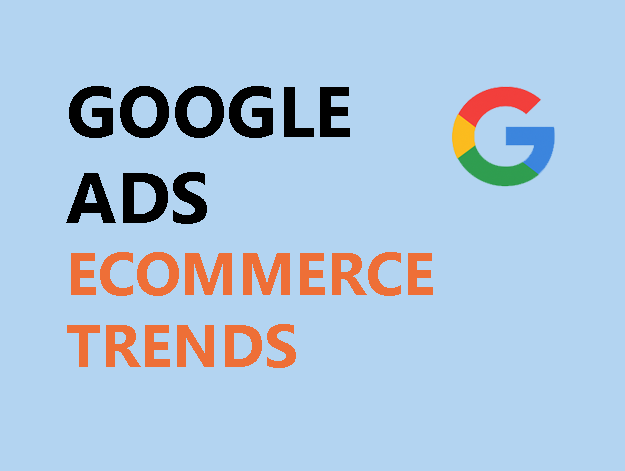In 2025, e-commerce is maturing fast — and so is how it performs on Google Ads. What worked two years ago won’t cut it today. With consumer expectations rising, automation accelerating, and AI-driven formats dominating the SERPs, New Zealand and Australian brands are having to adapt — or risk irrelevance.
This blog explores the key Google Ads trends shaping e-commerce this year, how top-performing retailers are responding, and where the biggest growth opportunities lie.
- Performance Max Becomes Mandatory
For e-commerce brands, Performance Max isn’t optional anymore — it’s foundational. With Shopping, YouTube, Display, Gmail, and Search all in one campaign, it delivers reach and efficiency. But structure and asset depth now define success.
What’s working:
- Separate asset groups by margin or product category
- Short-form videos for mobile placements
- Customer Match and value rules for smarter scaling
- Product Feeds as Brand Assets
Gone are the days when feeds were just technical requirements. In 2025, they’re a branding tool. Titles, descriptions, image quality, and categorisation impact not only where your ads show, but how well they convert.
Best practices:
- Use rich product descriptions and lifestyle imagery
- Include GTINs and structured data for trust signals
- Refresh feeds weekly to reflect inventory and price changes
- Cross-Channel Shopping Journeys
Today’s shoppers may start on Google, but they bounce through YouTube, Discover, and even Gmail before purchasing. Google Ads placements now reflect this non-linear journey.
What’s working:
- Integrating YouTube product reviews into campaigns
- Retargeting across Gmail and Display
- Building multi-touch journeys within a single campaign
- Creative as a Conversion Lever
E-commerce advertisers are realising that performance isn’t just about data — it’s about storytelling at speed.
Top trends in 2025:
- Scroll-stopping thumbnails on mobile
- 15-second ‘how to use’ videos
- Rotating seasonal banners for returning visitors
AI will automate placements — but creative decides if a user clicks.
- Returns, Shipping and UX in the Ad Ecosystem
Google’s product experience score now affects how often your ads appear. High return rates, missing shipping info, or poor mobile UX will suppress visibility.
Retailers are winning when they:
- Display clear shipping timelines in feeds
- Link returns policies to product pages
- Optimise for mobile checkout and speed
Case Study – AU Cosmetics Brand
An Australian cosmetics brand integrated Performance Max with lifestyle video ads, added first-party loyalty data as signals, and upgraded product feeds. Within 90 days, they increased ROAS by 62%, cut CPC by 24%, and grew Shopping impressions by 41%.
Key driver: clarity and depth across assets — not just spend.
What NZ & AU Brands Should Focus on Now
- Audit feeds weekly — clean data = better delivery
- Build YouTube Shorts to supplement static creative
- Use conversion value rules to prioritise high-margin SKUs
- Run cross-channel remarketing campaigns
- Test branded queries in Search to own your journey
Final Thoughts
E-commerce growth in 2025 isn’t about bigger budgets — it’s about smarter execution. Google Ads is still one of the most powerful sales engines in NZ and AU, but only when it’s guided by structure, creative, and intent.
If your e-commerce campaigns aren’t evolving, they’re falling behind. The brands that win this year are the ones that treat Google Ads like a performance lab — not a checkbox.
Metrics Media partners with ambitious NZ and AU e-commerce brands to scale profitably using Performance Max, Shopping, and YouTube.
Ready to lift your ROAS?
Email info@metricsmedia.co.nz to book a product performance audit today.



